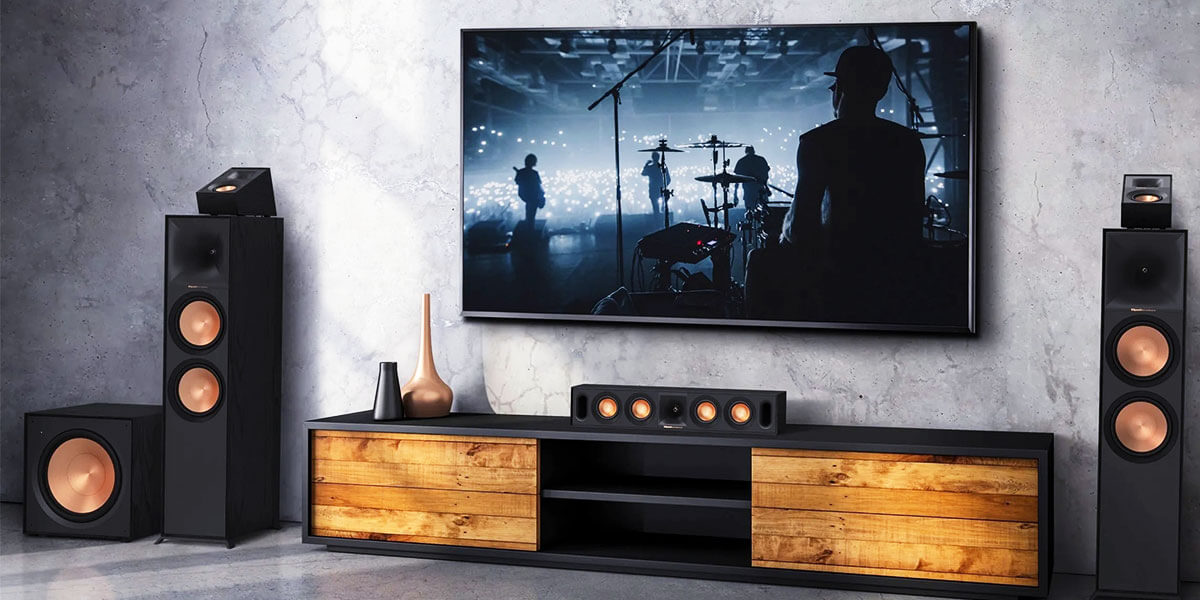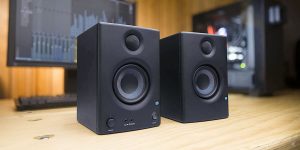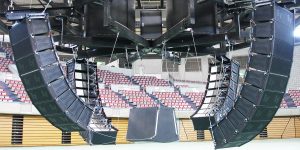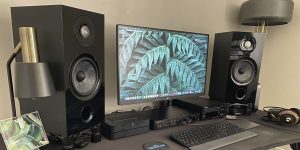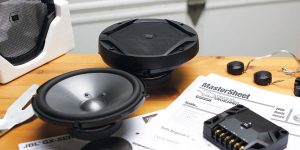Today, we’re going to take a look at one of the most important aspects of audio hardware, focusing on speaker specifications. This is one of many links in the chain that, when used properly, can seriously affect overall sound quality.
In this article, we’ll research the role of speaker specifications when choosing the perfect concert speakers. These technical details are the fundamental factor for achieving the mind-blowing sound quality that can transport you to a musical paradise at any live event.
Impedance
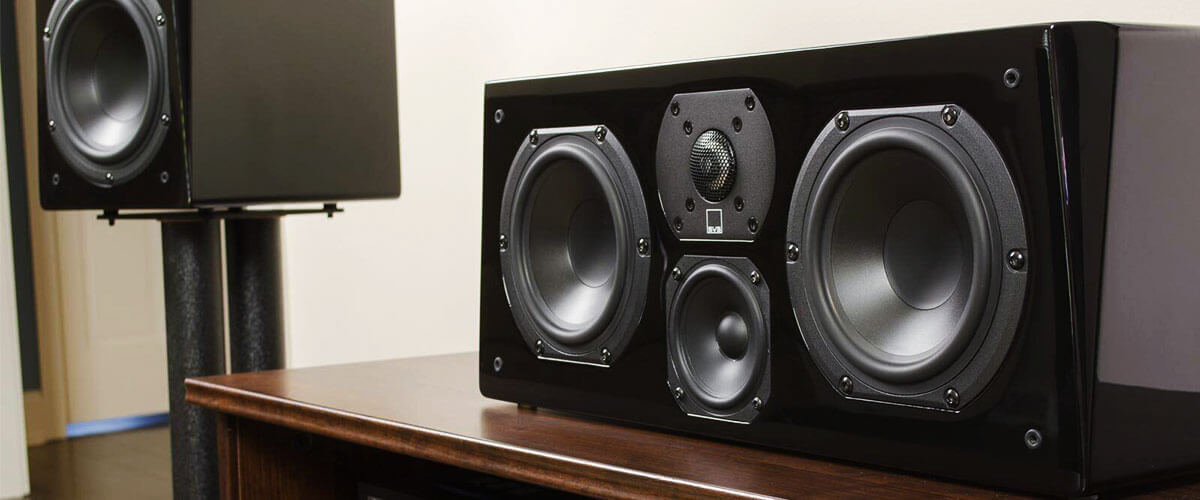
Understanding speaker specs can be a bit like deciphering a secret language, but I’m here to unravel the first essential element: Impedance.
In simple terms, impedance is the resistance that your speaker presents to the flow of electrical current. It is measured in Ohms (Ω), and it’s a fundamental concept regarding pairing speakers with amplifiers.
Imagine your amplifier as a water pump and your speaker as a pipe. The impedance is like the pipe’s diameter. If the pipe is too narrow (high impedance), water (current) can’t flow freely, and you’ll get poor sound quality and potentially damage your equipment. Conversely, if the pipe is too wide (low impedance), your pump (amplifier) might struggle, leading to overheating and distortion.
For home audio systems, 8-ohm speakers are common, while professional setups might prefer 4-ohm options. Always check your amplifier’s specs, as it will indicate the optimal impedance range.
Sensitivity
It’s a term you’ve probably seen on speaker spec sheets, but what exactly is speaker sensitivity?
Speaker sensitivity measures how efficiently a speaker converts power into sound. It’s typically expressed in decibels (dB) and tells you how loud a speaker can get when given a certain amount of power. Higher sensitivity ratings mean the speaker can produce louder sounds with less input power, making them more efficient.
Sensitivity directly affects the overall volume a speaker can achieve. Speakers with higher sensitivity are designed to produce more sound with the same amount of power compared to models with lower sensitivity. This feature can be necessary in a variety of settings, especially when you require your music or speeches to be heard by a large audience without putting undue strain on your amplifier.
If you’re setting up a big event or a live performance, high-sensitivity speakers can save you from investing in massive amplifiers. On the flip side, for studio setups or home listening, lower-sensitivity speakers can provide more controlled, detailed sound without overwhelming your space.
Frequency response
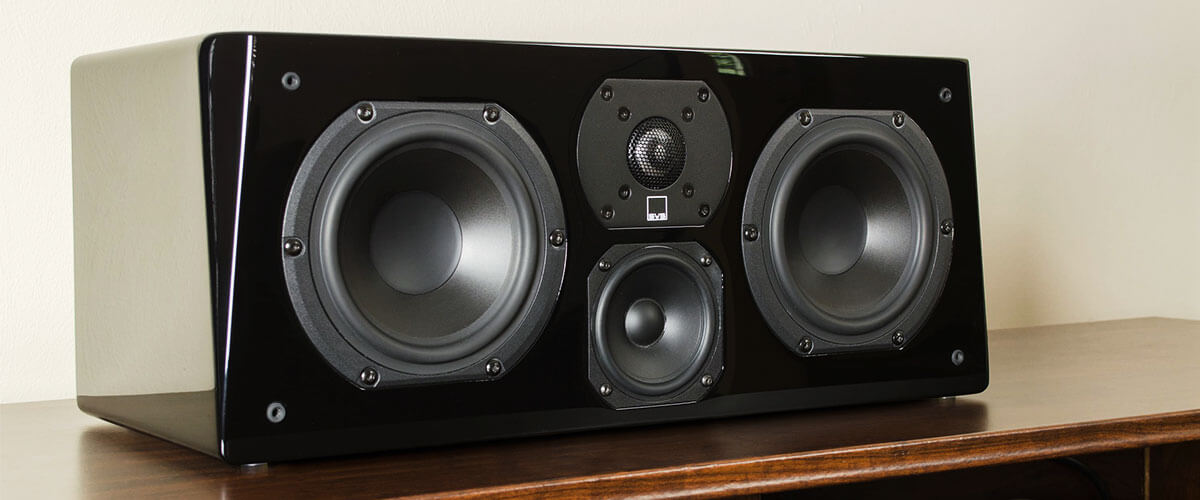
Speaker frequency response, measured in Hertz (Hz), is a paramount metric that indicates how well a speaker can handle different sound frequencies. Think of it as the speaker’s ability to accurately reproduce everything from the deep thump of a bass drum to the delicate trill of a violin.
When analyzing a speaker’s frequency response, you’re essentially examining its range, from bass notes to treble tones, to find a balanced response.
What’s considered an “ideal” frequency response can vary depending on your music preferences and application. For example, audiophiles may seek flat and neutral responses for accurate playback, while DJs might prefer a slightly boosted bass for thumping beats.
Power handling
Now, it’s time to talk about power. In the audio world, power is the energy that drives your speakers and produces sound. We measure it in watts (W).
So, how does power handling come into play? It’s all about ensuring that your speakers can handle the output from your amplifier without getting damaged. If the nozzles can’t handle the pressure, they might burst! This is certainly an uncommon situation, but sometimes it really can happen.
To avoid that catastrophe, here are some tips:
- Check your speaker’s power rating: Every speaker has a power handling rating, usually expressed in watts. Ensure your amplifier’s output power (in watts) falls within this range. A good rule of thumb is to have an amp that delivers about 1.5 to 2 times the speaker’s RMS power rating.
- Match impedance: Ensure that your amplifier’s impedance (ohms) matches that of your speakers. Mismatched impedance can affect power distribution and potentially harm your equipment.
- Use a crossover: If you’re running multiple speakers, consider using a crossover to direct the right frequencies to each speaker. This can optimize power distribution and enhance overall sound quality.
Crossover frequency
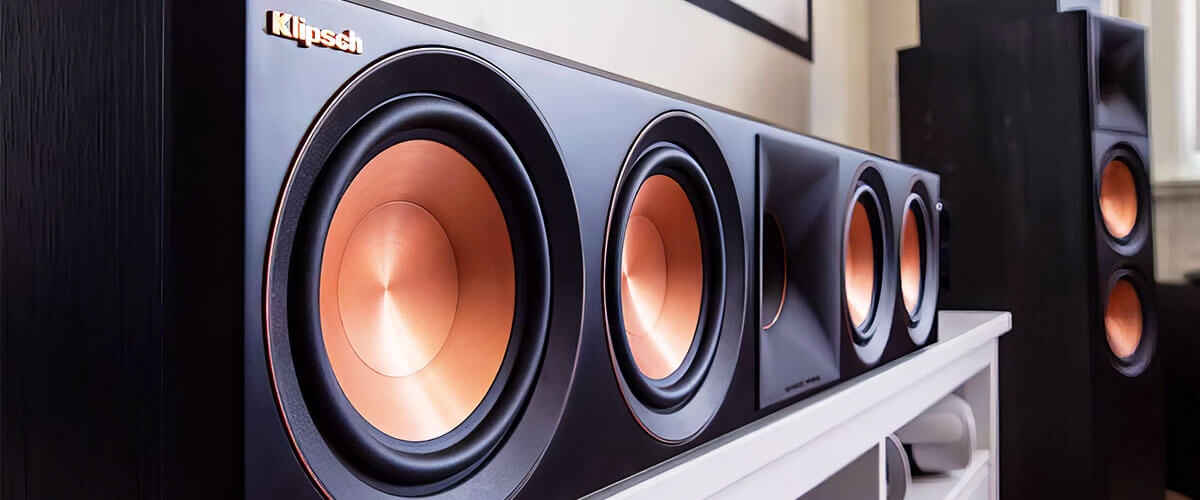
Crossover frequency is the point at which sound signals are divided between different speakers in a system. It’s a critical factor in achieving balanced audio quality.
Here’s the deal: A well-chosen crossover frequency ensures that each speaker plays the frequencies it’s good at, resulting in clearer and more balanced sound. Too high or too low a crossover can lead to muddied audio and distortion.
To choose the right crossover frequency, consider your speakers’ specs and your listening preferences. Generally, start with a frequency around 80Hz for a solid foundation, but fine-tune it based on your system’s unique characteristics.

